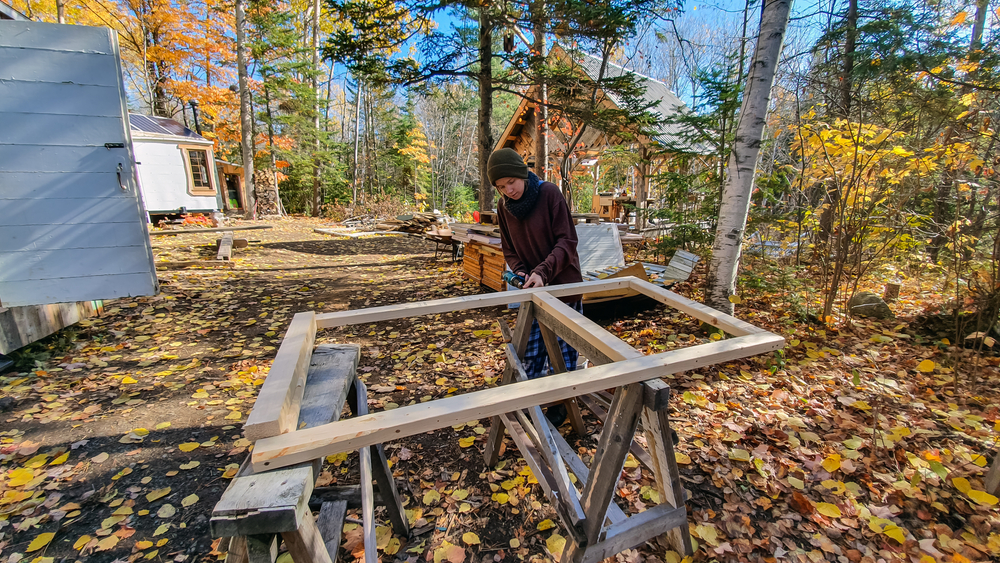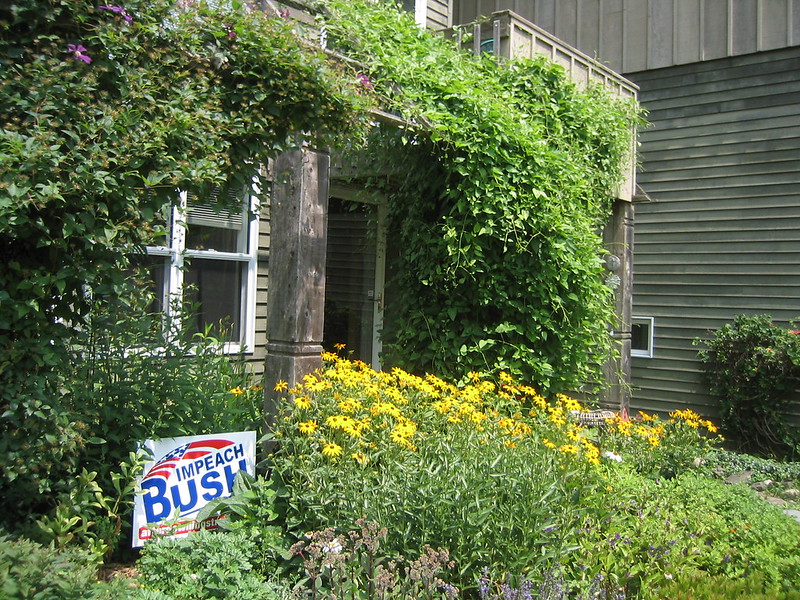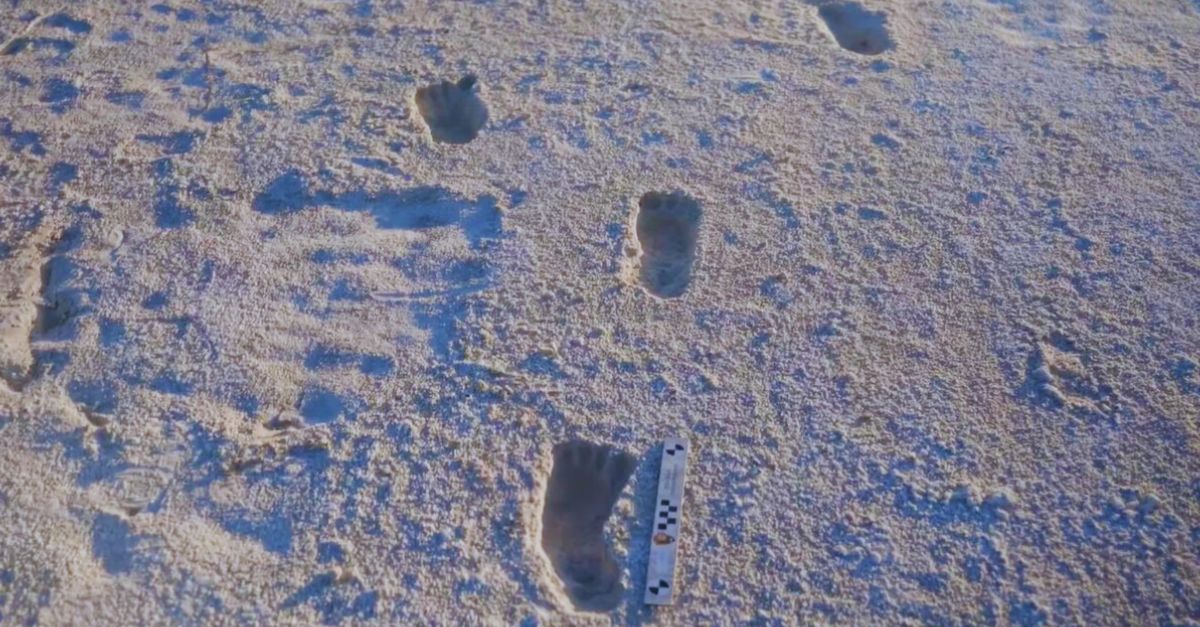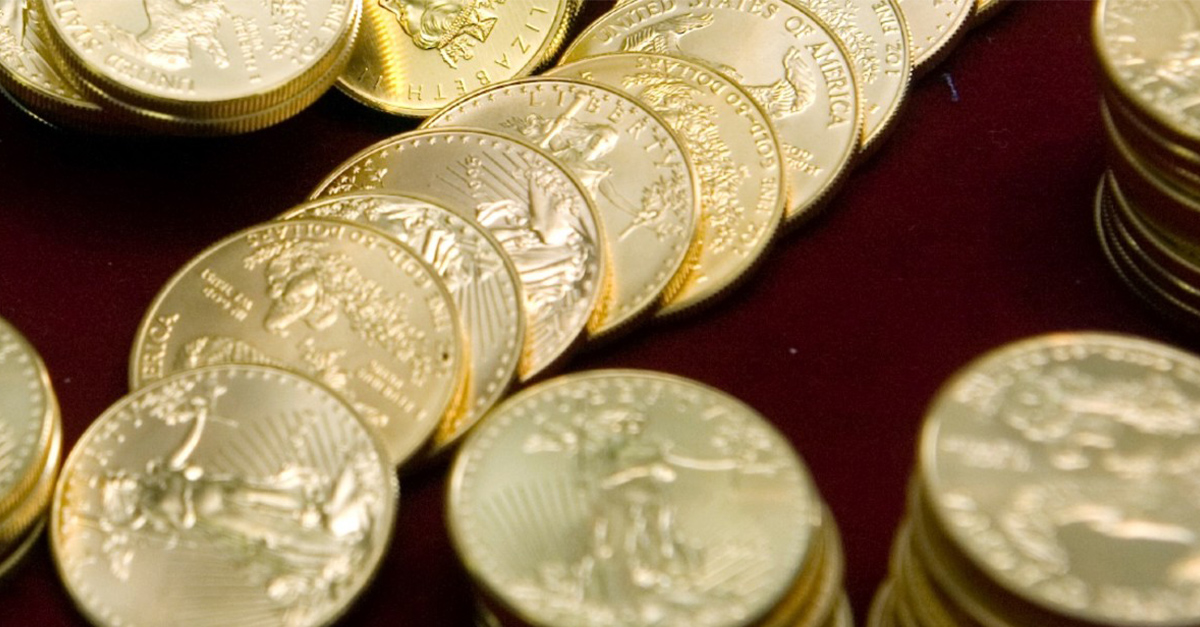Living Off-Grid in America
With inflation increasing quite literally everything we pay for; people are desperately searching for alternative ways of living.
Foregoing public utilities is one of the most sustainable ways to live, but it’s not without its challenges.
These 8 communities are examples of sustainable, off-grid living in the U.S., each with its own set of community standards.

Three Rivers Recreational Area
Three Rivers Recreational Area is a gated, unincorporated community located in Jefferson County, Oregon and includes about 600 properties scattered across 4,000 acres. None are connected to the power grid.
It’s one of the more modern off-grid communities, that resembles more of a cottage community than anything else.
Three Rivers Recreational Area: The Community
About one-third of the community is common area for residents and guests. The entire area is off-grid. There are no telephone lines, power lines, community water, or sewer system.
Three Rivers Recreational Area: Homes
The homes in the area are an interesting mix of multimillion-dollar homes and shacks.
The development was established in the 1960s, when most of them were lived in full-time. Today, most are vacation homes, with about 90 full-time residents.
Three Rivers Recreational Area: Utilities
Some residents have wells, and others have water hauled in periodically. All of the houses, whether big or small, are powered by solar panels, wind turbines, and backup generators.
Phone service is cellular, and some areas are able to get satellite TV and internet, if preferred.
 alexgo.photography, Shutterstock
alexgo.photography, Shutterstock
Three Rivers Recreational Area: Amenities
The development includes a private marina, a sandy beach with a swim area, boat ramps, a rec hall, a paved air strip, atv trails, a desert golf course, and a shooting range.
Three Rivers Recreational Area: Rules
The rules and regulations are very relaxed compared to many other similar communities. This is why the houses range in size and construction, allowing for people to do as they please.
Guests are limited to only friends and family of residents. The land is not open to the public.
Greater World Earthship Community
Greater World Earthship Community is a 634-acre off-grid community located in Taos, New Mexico and is home to about 130 residents.
It follows something called the “Earthship concept”, which essentially has to do with how the homes are built.
Greater World Earthship Community: The Earthship Concept
The Earthship concept was created in the 70s by Michael Reynolds, who still works and lives in the community. Earthships are built to use natural resources—such as sunlight and rain—and turn them into clean energy.
Built with recycled and natural materials, the houses are designed to produce water, electricity, and food for their residents year-round.
Greater World Earthship Community: Homes & Utilities
Each Earthship home runs on 1.8 kilowatts of solar power and comes with its own solar-powered water collector and self-contained sewage treatment system.
They use propane to power their stoves, and they actually do have access to internet through TaosNet.
Greater World Earthship Community: Materials
Most of the home is built using discard automobile tires filled with compact soil. This technique creates dense walls that naturally regulate the interior temperature.
Recycled cans and bottles are used for structure, as well as aesthetics.
 Stephen B. Goodwin, Shutterstock
Stephen B. Goodwin, Shutterstock
Greater World Earthship Community: Voluntary Anarchists
According to Adam Baisley, a staff member who works on the projects, “The majority of people here, I’ve found, are in some way, shape, or form voluntary anarchists, not the kind throwing Molotov cocktails—the people here are really friendly, they just don’t want to be forced to participate in systems that they see as corrupt or amoral.”
 Stephen B. Goodwin, Shutterstock
Stephen B. Goodwin, Shutterstock
Greater World Earthship Community: Opportunities
Anyone can live in this off-grid community. And, depending on how much money you have, you can live in either a small, simple “survival dome” that can be built for $2,000 or less; or for a half-million you can get a luxurious showcase home.
And there’s everything in between.
Earthaven
Earthaven is an ecovillage in a mountain forest setting near Asheville, North Carolina. It sits on 320-acres of forest and is divided into 14 “neighborhoods,” each containing 2-8 homes.
Currently, there are about 75 adults and 25 children living and working at Earthaven. They are hoping to grow to 150 people.
Earthaven: Homes & Utilities
Everything at Earthaven is powered by solar panels and hydropower generated by a micro-hydro system in Rosy Branch Creek. Residents catch water off roofs for use in irrigation.
Earthaven: How They Do It
The residents of Earthaven build and heat their homes using the wood found in their forest. They have personal garden, neighborhood gardens, and farmlands in which they grow and farm their food.
They use as much of their natural environment as they can to sustain their lifestyle, with minimal additional materials brought in only when needed.
Earthaven: Culture
The community works together, prays together, and governs together. They have council meetings with equal decision-making, and they very much encourage people and families to be individuals.
Meals can be shared, or cooked in their own homes. There is a lot of choice within the community, and opportunities for groups to connect.
 Tattycorum, CC BY-SA 4.0, Wikimedia Commons
Tattycorum, CC BY-SA 4.0, Wikimedia Commons
Earthaven: Rules
People are free to come and go, and are free to buy whatever they want from outside the community. Most people prefer to live off the land, but some still frequent the outside world.
Earthaven: Current Status
Earthaven is still in the process of developing their physical infrastructure. There is still a lot of demand for time and energy, as the residents share in the work of co-creating the village.
Emerald Earth
Emerald Earth is a rural intentional community living on 189-acres in Mendicino County, near Boonville. It’s a rather small community, with only eight full-time residents.
Emerald Earth: Housing
The eight residents share a common house with a main kitchen, eating and meeting areas, and a shower. There is also a bathhouse with a sauna, showers, and a garden and greenhouse.
Emerald Earth: How They Live
The small group of residents live together and work together, taking care of chores together. But they also invite people to join them as an internship or through workshops to learn about sustainable living. These guests are actively involved in the chores and building of the community.
They make money through donations.
EcoVillage at Ithaca
EcoVillage at Ithaca is an eco-village located on 175-acres in New York. There are a total of 170 adults and 40 children living in the village at this time.
EcoVillage at Ithaca: Homes
The village consists of 3 neighborhoods and 100 homes, and is one of the largest co-housing communities in the world. Each neighborhood has a name, and have been built at different times, so they vary in architectural design.
Each neighborhood has a common house where residents can share meals, have parties, and do group activities.
EcoVillage at Ithaca: Utilities
All homes are solar powered, and have various aspects of sustainable energy. Internet is available at each neighborhoods common house.
Each week, families bring their reusable bags to the on-site farm and “shop” for their groceries for the week. Processed foods can be purchased outside the village.
EcoVillage at Ithaca: Working
Many of the families that live in the village also work in the village, but that is not the case for all. Lots of people still go outside the village for work.
EcoVillage at Ithaca: Community Participation
This community is a lot more structured than others, with a board of directors for each neighborhood, council meetings, and specific rules and regulations.
New members are welcome to join, but have to apply for a membership and determine eligibility to lease or own a home in the village.
Breitenbush Hot Springs
Breitenbush Hot Springs is an intentional community that doubles as a worker-owned cooperative running the Breitenbush Hot Springs Retreat and Conference Center, whose geothermal waters help to heat the complex of 100 buildings.
Breitenbush Hot Springs: Residents
There are about 85 people living together on 154-acres of land at the old hot springs resort in the forest. They work at the resort, and live in the forest.
 Mark Allyn, CC BY-SA 3.0, Wikimedia Commons
Mark Allyn, CC BY-SA 3.0, Wikimedia Commons
Breitenbush Hot Springs: Utilities
All of the buildings are powered by their own hydropower plant that supplies electricity to the whole community. Heating is provided through the geothermal waters.
They live within their energy limits by avoiding high-powered appliances, like clothes dryers. They cook on fire as much as possible, and use the environment as much as they can.
 Mark Allyn, CC BY-SA 3.0, Wikimedia Commons
Mark Allyn, CC BY-SA 3.0, Wikimedia Commons
Breitenbush Hot Springs: Building
The community uses “volunteer trees” that have fallen down in the forest as their supply for building materials and firewood.
 Mark Allyn, CC BY-SA 3.0, Wikimedia Commons
Mark Allyn, CC BY-SA 3.0, Wikimedia Commons
Dancing Rabbit Ecovillage
The Dancing Rabbit Ecovillage in Missouri is a well-known intentional community that is rapidly growing. It started in 1997, and today has about 60 full-time residents that live in a small village on 280-acres.
Dancing Rabbit Ecovillage: Housing
Ecological sustainability is a priority for Dancing Village, so much so that they build their homes using alternative techniques, such as straw bale and cob. They are powered with renewable energy from the sun and the wind.
Dancing Rabbit Ecovillage: Vehicles
Vehicles at Dancing Rabbit are owned cooperatively—meaning they share them—and they are powered by electricity and biodiesel.
Dancing Rabbit Ecovillage: Food
Most of their food is home-grown on their own farms and gardens. Though they also support other local sources of food, as long as it is grown organically and sustainably.
Residents are free to purchase their own food, grow their own, or share in the community.
Dancing Rabbit Ecovillage: Income
While residents have the option to share income with the community, they are not forced to. Members of the community are asked to pay small fees and dues each year to cover co-ops, leasing land, and any services that are needed.
But, all in all, each member is responsible for figuring out how to meet their own needs.
Twin Oaks Community
Twin Oaks is an intentional community in rural central Virginia, made up of around 80 adult members and 15 children. They thrive off of sustainable living as much as possible.
Twin Oaks Community: Housing
Residents live in group housing of about 10-20 people. Each member has their own bedroom, and the rest of the house is shared living space.
Twin Oaks Community: Income Sharing
Twin Oaks is an income sharing community. The group collectively takes responsibility for covering the basics of life, like shelter, food, clothing, healthcare, etc.
 The Washington Post, Getty Images
The Washington Post, Getty Images
Twin Oakes Community: Possessions
The community provides nearly everything you would need, including furniture for your bedroom. Clothing is offered through a community clothing exchange.
Residents are free to keep what they bring when they arrive. All personal possessions remain theirs.
 The Washington Post, Getty Images
The Washington Post, Getty Images
Twin Oaks Community: Working
Each member works 42 hours each week within the community as their contribution, and in turn, they live and eat for free.
They are also given a $100-200 a month allowance for free spending on whatever the community does not provide.
Twin Oaks Community: Amenities
The community offers their members an array of amenities to enjoy, such as: an outdoor sauna, a swimming pond, a workshop, yoga classes
 The Washington Post, Getty Images
The Washington Post, Getty Images
Final Thoughts
Each of these intentional communities is unique in their own way. Some provide nearly all living expenses, while others simply provide a more earth-friendly way of living.
All of them though, have a community-oriented goal of sustainable living that somewhat differs from mainstream society.







































